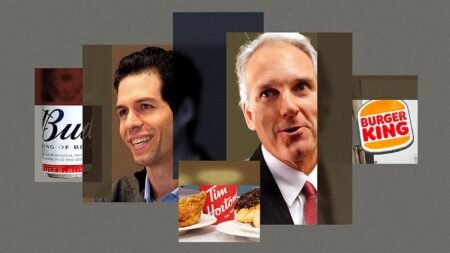The U.S. economy added 254,000 jobs in September, surpassing expectations and signaling a strong employment picture. The unemployment rate dropped to 4.1%, down 0.1 percentage point from the previous month. The report also included upward revisions to previous months, easing concerns about the labor market and suggesting a more gradual pace of interest rate reductions by the Federal Reserve. Average hourly earnings increased by 0.4% and were up 4% from a year ago, while the average workweek decreased slightly to 34.2 hours.
Leading the job creation in September were restaurants and bars, with the hospitality industry adding 69,000 positions. Other sectors that saw gains included health care, government, social assistance, and construction. A more comprehensive measure of unemployment that includes discouraged workers and those in part-time jobs for economic reasons fell to 7.7%, while the labor force participation rate remained steady at 62.7%. The survey of household employment showed a gain of 430,000, with the employment-to-population ratio increasing to 60.2%.
The report resulted in stock market futures gaining and Treasury yields rising following its release. Traders now expect consecutive quarter percentage point interest rate cuts from the Federal Reserve in November and December. Despite Fed Chair Jerome Powell characterizing the job market as “solid,” there are concerns about the cooling of hiring rates over the past year. While new claims for unemployment benefits have remained steady, business surveys suggest that companies are holding headcounts fairly stable.
The job creation in September was primarily in full-time positions, which increased by 414,000, while part-time work decreased by 95,000. Powell and other Fed officials have indicated a willingness to continue lowering interest rates following last month’s half percentage point cut in the overnight borrowing level. The market remains divided on how quickly the central bank will act, with Powell suggesting that the Fed will move in quarter-point increments at least through the end of the year. The overall health of the job market will likely influence the Fed’s decision-making process on further rate cuts.











